"Drone inspection complete, surrounding environment clear, ready for takeoff," said Sun Kai, a power line maintenance technician when conducting repair work on the Gobi Desert in Yongning county, Yinchuan of Ningxia Hui autonomous region.
Workers, akin to taking an elevator, used flying equipment to ascend from the ground to the 25-meter-high cable in about three minutes. Within just 40 minutes, they successfully completed the live-wire repair.
"This is the fastest I've completed a task in my years of maintenance work," said Sun. "The 'flying man' equipment allows us to go directly to the work point without climbing scorching towers or winding through ladders, preserving our energy for defect handling. Additionally, the dual protection of transmission and backup ropes ensures safety throughout the process," he said.
The 'flying man' equipment is a portable electric lift device developed for high-altitude work and rescue, using a motor to assist personnel in ascending, descending, and hovering on suspended insulated ropes.
Drones can carry and deploy insulated traction ropes, using small ropes to pull larger ones over the wires to the ground, establishing ascent and descent channels and safety backup routes for high-altitude workers.
The integration of drones and electric lift devices in power cable maintenance is set to become a mainstream approach for live-line operations, said State Grid Yinchuan Power Supply Co, a user of the device.
"Compared to traditional tower climbing and insulated ladders, it reduces the number of high-altitude workers from 2-3 to 1, saves about two hours per task, minimizes safety risks, reduces labor intensity, and significantly enhances operational efficiency and safety," it said.

















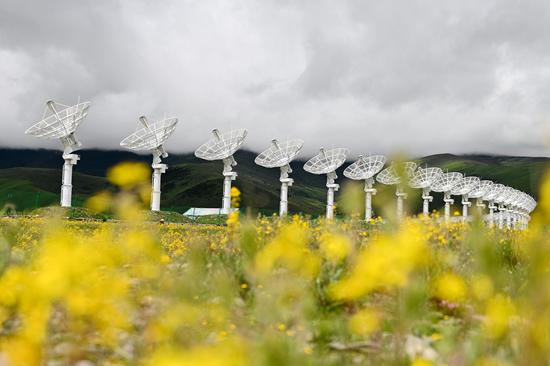
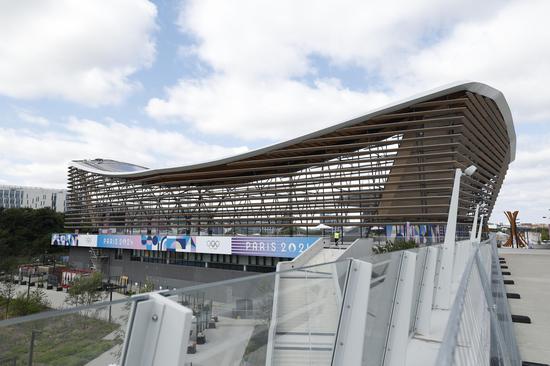












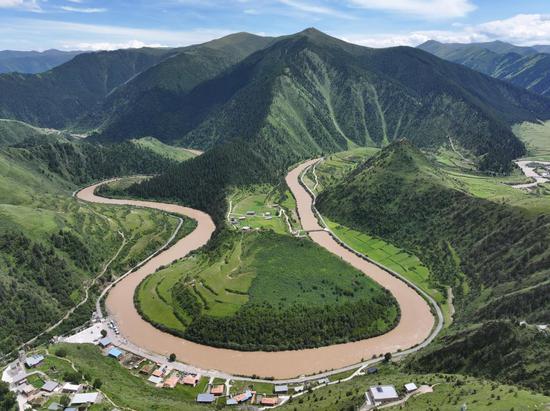




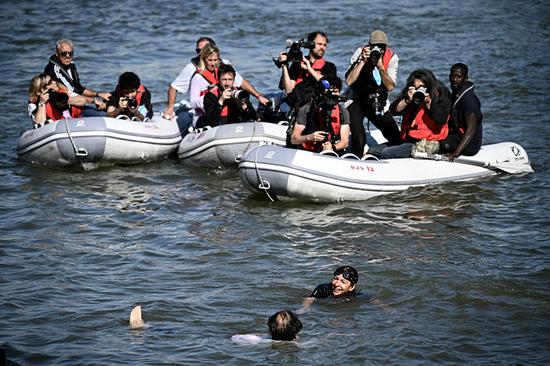
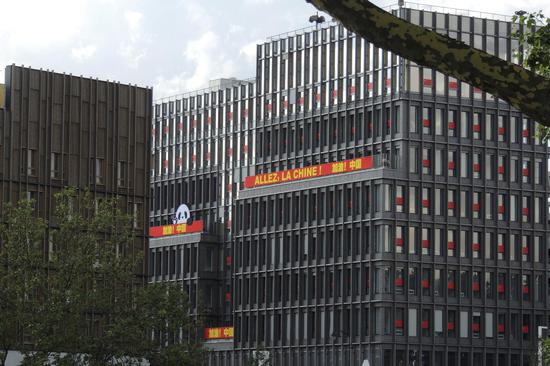




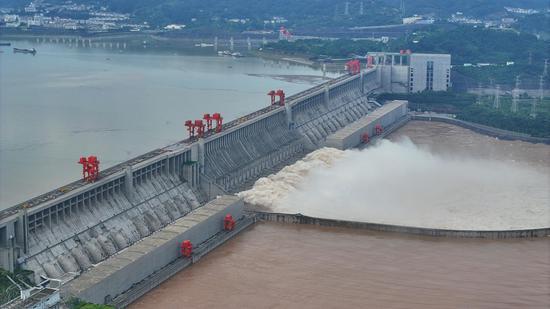







 京公网安备 11010202009201号
京公网安备 11010202009201号